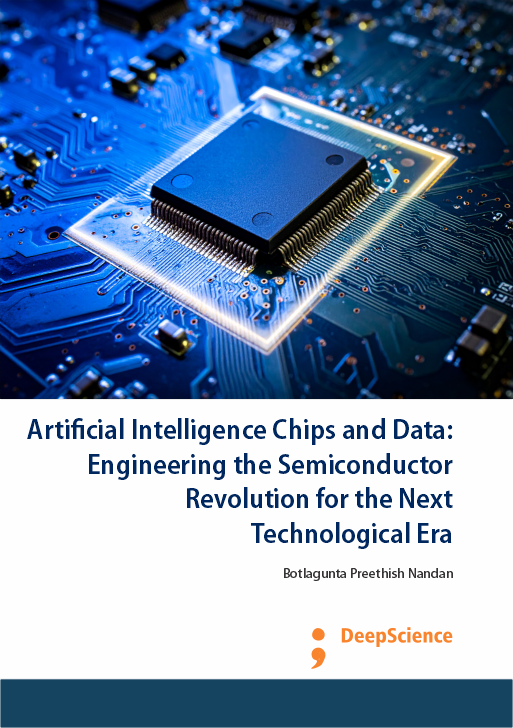Artificial intelligence in electronic design automation: revolutionizing chip design workflows
Synopsis
Electronic design automation (EDA) has been unpredictable. Moore's Law and its extension are no longer valid. Chip design has never been more complex and disruptive, with hundreds of thousands of design engineers working simultaneously around the world on a single chip. Chip design is no longer just a role for seasoned engineers; design methodologies are changing, rules are changing faster, and designers need to adapt rapidly. All of these changes present designers with daunting challenges. This rising complexity, aided by new semiconductor technologies, is propelling researchers towards new horizons.
AI has provided significant solutions to many problems in varied fields, such as speech processing, picture processing, and self-driving cars. There are many subfields of AI, such as Natural Language Processing (NLP) and Machine Learning (ML). In comparison, ML is a subfield of AI, including supervised learning, semi-supervised learning, and unsupervised learning. Deep Learning (DL) is a subfield of ML that includes CNN and RNN. The goals of AI/ML are Learning, Reasoning, Predicting, and Perception. The apparent advantage of AI/ML is its ability to quickly identify the trends and patterns in large volumes of data that may be difficult to find either manually or via traditional algorithms. AI/ML algorithms can also handle multi-dimensional and multivariate data at high computational speeds. Considering the numerous advantages of AI/ML algorithms, it is easy to understand their exponential and ubiquitous emergence in various fields. With the rapid advancement of VLSI-CAD technology and semiconductor technology, there are ample opportunities in semiconductor and EDA technology to develop AI/ML solutions to automate various processes at various levels of VLSI design and manufacturing (Koblah et al., 2023; Kumari & Majumder, 2025; Pan et al., 2025).
The EDA tools are mostly old and rules based, and hence make use of shorthand coding languages recognizable uniquely to them to input the design in a suitable format. These rules or coding should be human written and are well documented in the EDA tools’ User Manuals. The human coded design and coding languages are often complicated, time consuming, and not so easily abundant and accessible. An ideal EDA tool should overcome the limitations of human commercial VLSI CAD tools in terms of quick, accurate, and optimal outputs—overcoming design constraints effectively. An AI tool should make use of consensus algorithms and programmable design thinking to get universal VLSI CAD (Wang et al., 2024; Yuan et al., 2024).














